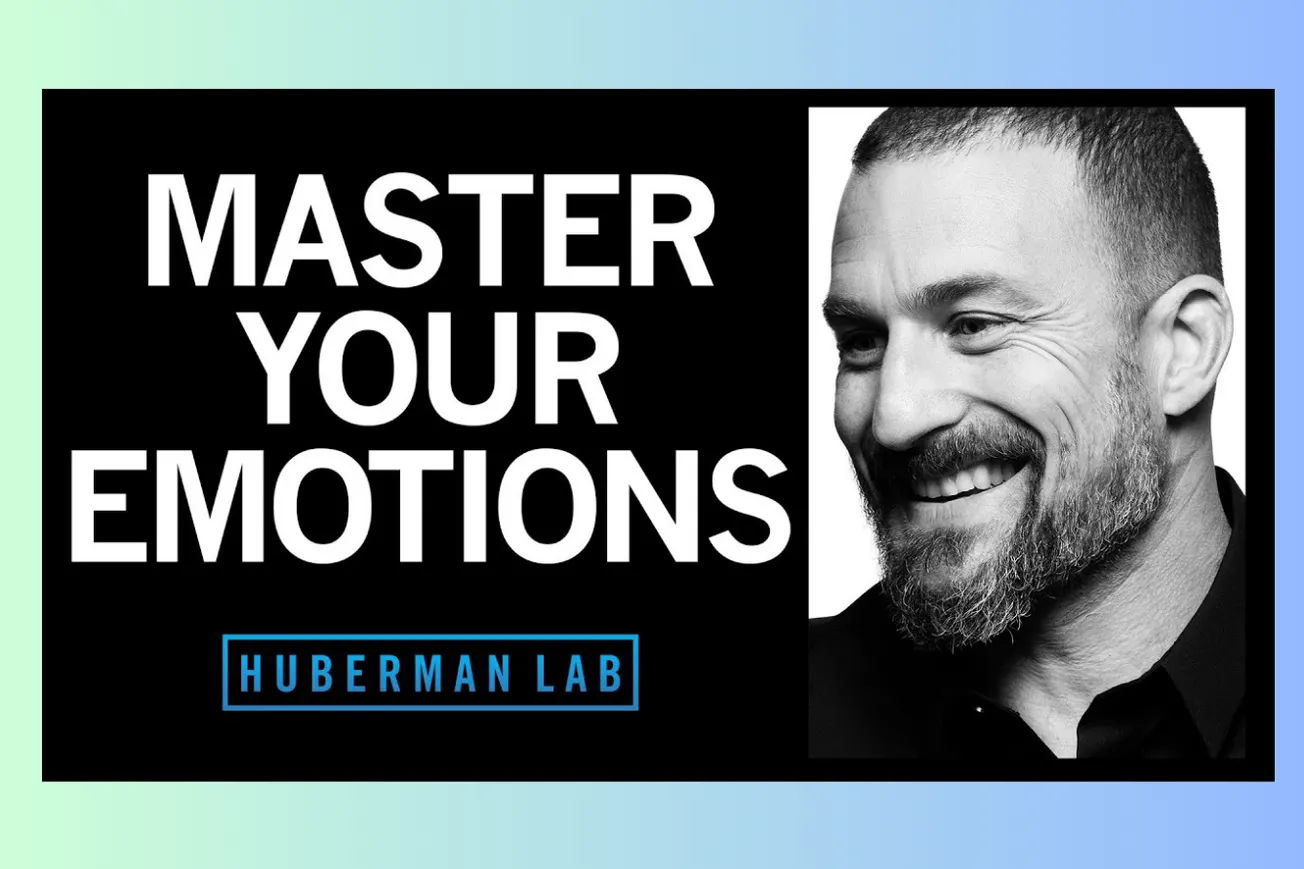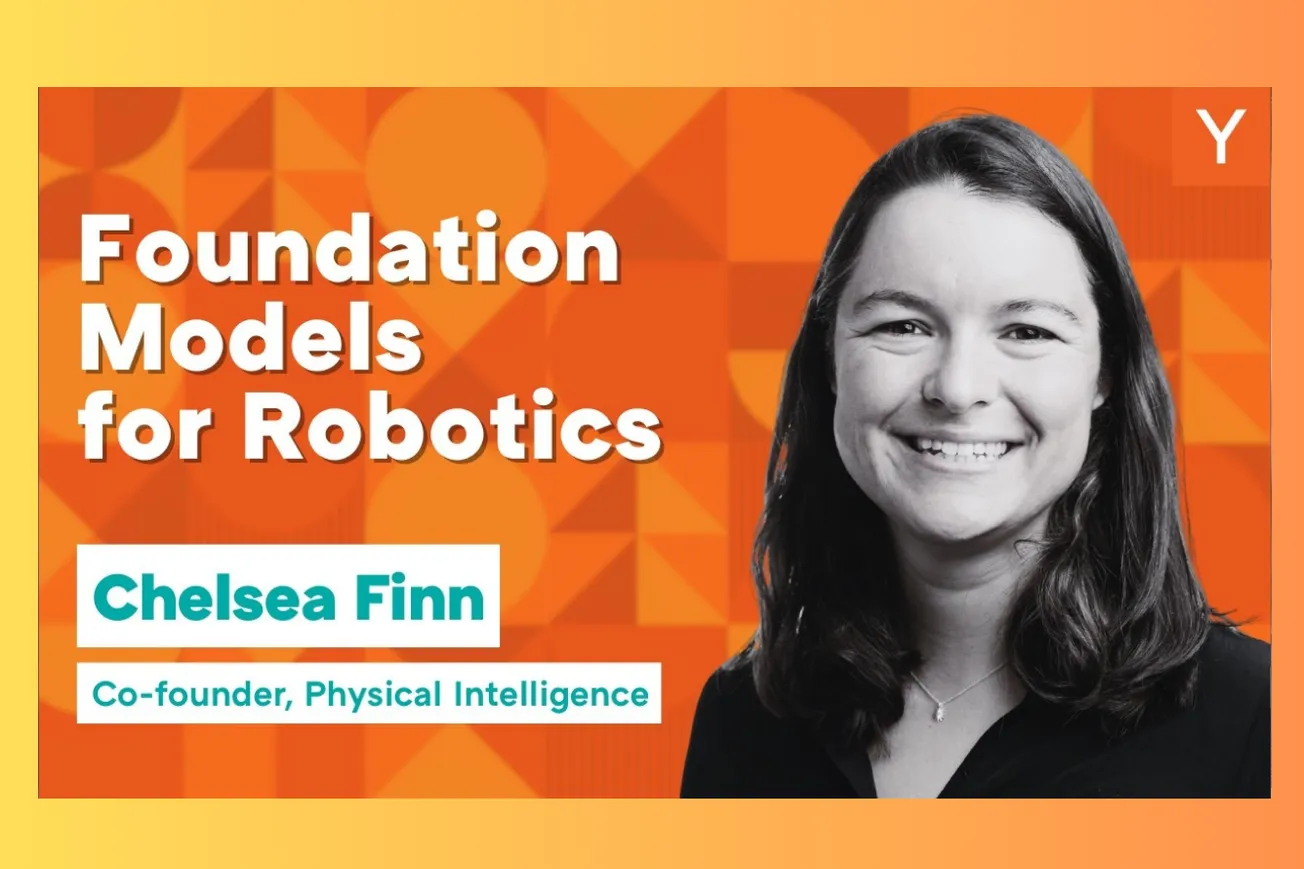Key Takeaways
- Emotions are complex and individually perceived, but understanding their biological basis can help regulate them and improve relationships.
- Early life experiences, particularly interactions with caregivers, lay the foundation for emotional development and attachment styles.
- Our emotional state is shaped by three core axes: level of alertness/calmness, valence (feeling good/bad), and the balance between interoception (internal focus) and exteroception (external focus).
- Puberty marks a significant shift, driven by hormones like kisspeptin, moving individuals from generalists to specialists and intensely focusing them on social bonds and prediction.
- Understanding the interplay between internal feelings (interoception) and external events (exteroception) is crucial for emotional regulation.
- Key hormones like oxytocin and vasopressin play vital roles in social bonding, trust, and relationship dynamics, influenced by factors like touch, gaze, and vocalizations.
- The vagus nerve primarily influences alertness and activation, contrary to the common belief that it only promotes calmness, significantly impacting emotional states.
- While the "right brain emotive, left brain logical" idea is a myth, there are some functional differences, with the left side generally dominant for language (except prosody) and the right side for spatial manipulation.
Please sign-in to continue reading this post for free!










